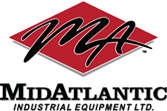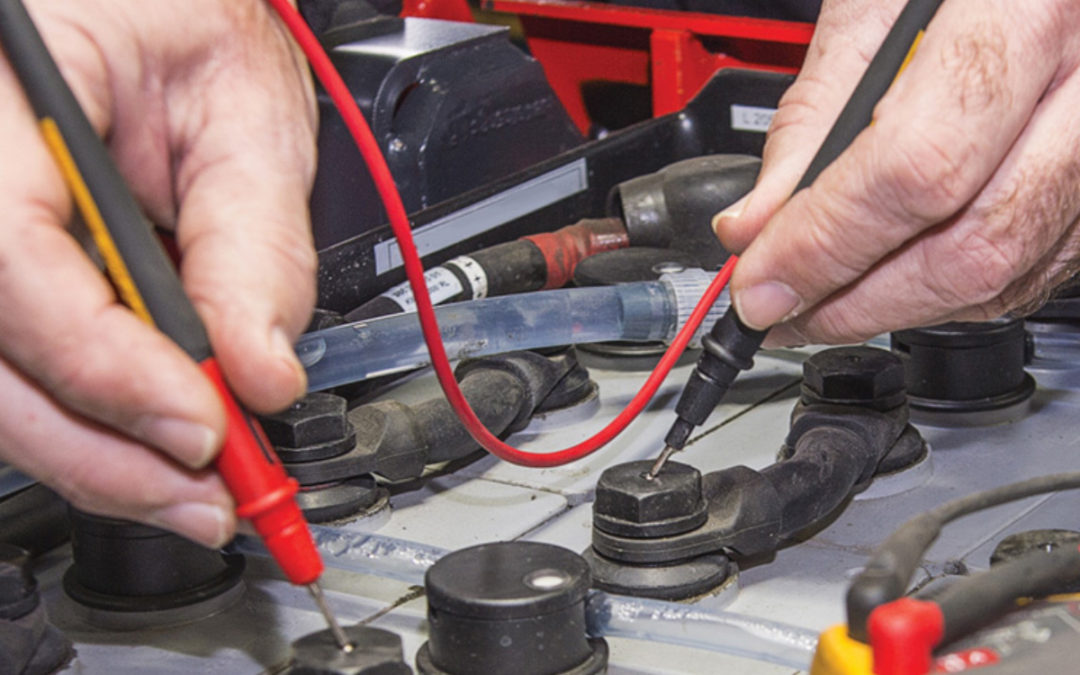Having the proper level of forklift battery water is an important piece of your forklift maintenance routine. Follow these tips to help optimize your forklift battery’s performance.
1. When to Water your Forklift Battery
Batteries need to be watered when warm. The best time is at the completion of the charge cycle. Never completely fill a battery when it’s cold or prior to charging. It’s good to make sure the water level is just high enough to cover the lead plates inside the cells but only fill to that level, if necessary. If you top off the water before charging, overflow can happen. When a battery overflows, it loses some of the acid inside and will cause corrosion on the cells of the battery.
Topping off the battery after charging will help keep the battery protected as the water level decreases. Use of a single point watering system will eliminate the need to remove caps and inspect often. The same timing must be followed and only connect to fill water after a charge cycle when possible.
2. When Manually Filling your Battery
Make sure the plates are submerged but do not overfill. Keep the forklift battery plates just below the water-line when filling.
3. Frequency Of Watering Your Forklift Battery
Forklift batteries typically need watering about once a week when used every day. Batteries that have been in use for an extended period of time, or are reconditioned, should be checked after every five charges. If properly maintained, new batteries can be checked every ten charges for the first few years of use.
4. Use Proper Water
Believe it or not, the quality of water is important when it comes to maintaining your forklift battery. Forklift battery water should always be clean and pure. Water that is free from impurities and measuring between 5 and 7 on the PH scale is preferred. Using water containing impurities can lead to battery damage from the chemical and mineral content in the water. Many public sources of water are acceptable but should always be checked for the proper standards as shown in the GNB example below:
- Total solids 500 ppm,
- Fixed solids 350ppm,
- organic & volatile matter 200ppm,
- Iron as Fe 4.0 ppm,
- Manganese as Mn 0.007 ppm,
- Nitrates as N02 15.0 ppm,
- Ammonia as Nh4 5.0 ppm,
- Chlorides as Cl 25.0 ppm
Following these watering guidelines will help keep your forklift batteries working at their full capacity and help extend the life of batteries when combined with a comprehensive preventative maintenance program to keep acid levels correct and keep batteries desulfated. Always check your battery manufacturer recommendations on battery use and watering.



